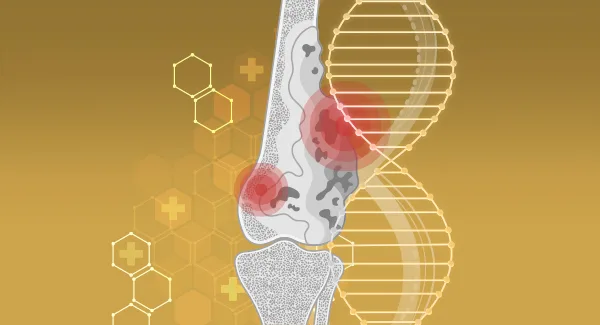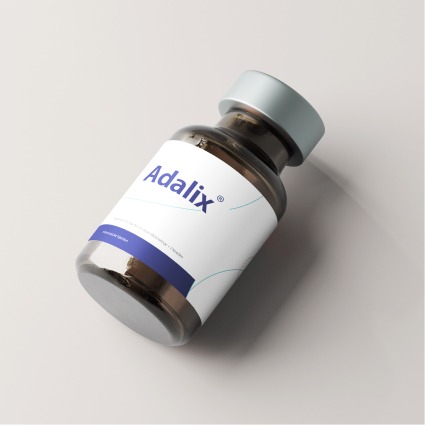Abstract
Multiple myeloma (MM) disrupts normal hemostasis, creating a delicate balance between thrombosis and bleeding. As research advances in 2024, new insights emerge into the molecular and cellular mechanisms governing these abnormalities. These developments and improved therapeutic approaches have reshaped how we manage hemostatic complications in MM. This article explores the latest findings from August 2024, analyzing the pathophysiology of coagulation disorders in MM and outlining future treatment strategies.
Introduction
Multiple myeloma is a hematologic malignancy that involves the clonal proliferation of plasma cells in the bone marrow. Though primarily recognized for its effects on bone, kidney, and immune function, MM also exerts a significant impact on the hemostatic system, leading to both thrombotic and hemorrhagic complications. Hemostasis, a critical physiological process that prevents bleeding and promotes clot formation, is often disrupted in MM due to the complex interplay between malignant plasma cells, clotting factors, and platelets.
In 2024, researchers continue to uncover new molecular insights and therapeutic possibilities for managing these coagulation abnormalities. This article will delve into the latest updates on the mechanisms of MM-associated hemostasis abnormalities, the clinical implications, and innovative treatments shaping the future of MM care.
Pathophysiology of Hemostasis Abnormalities in Multiple Myeloma
The hemostatic system in MM patients is often dysregulated, leading to both hypercoagulability and a predisposition to bleeding. This dual risk is caused by a combination of factors, including:
Hypercoagulability
– The excessive risk of venous thromboembolism (VTE) in MM is well-documented, particularly in patients receiving certain treatments, such as immunomodulatory drugs (IMiDs). Hypercoagulability is driven by elevated levels of procoagulant proteins, increased tissue factor (TF) expression, and interactions between myeloma cells and endothelial cells.
– The production of monoclonal proteins (M-proteins) further complicates the hemostatic process. These proteins can bind to clotting factors like fibrinogen, promoting abnormal clot formation.
Bleeding Risks
– Despite the risk of thrombosis, MM patients also exhibit a bleeding tendency. This paradoxical bleeding risk arises from platelet dysfunction, amyloidosis, and the consumption of clotting factors. The abnormal plasma cells interfere with normal platelet aggregation and clot formation.
– Amyloid deposits in vascular tissues, a frequent occurrence in MM, impair the vascular response to injury, further contributing to bleeding risks.
Molecular Mechanisms Governing Coagulation in MM
MM’s interplay between plasma cells, coagulation pathways, and endothelial cells is complex. Several mechanisms drive these hemostatic abnormalities, including:
Monoclonal Proteins and Hemostasis
Monoclonal proteins, also known as paraproteins, are a hallmark of MM. These abnormal proteins contribute to the disease pathology and interfere with normal coagulation. In some cases, M-proteins bind to coagulation factors, disrupting normal clot formation and leading to either increased thrombosis or bleeding. As of 2024, researchers have identified that certain subtypes of M-proteins have more pronounced effects on clotting, influencing treatment decisions.
Endothelial Dysfunction
Endothelial cells are vital in regulating clot formation and maintaining vascular integrity. In MM, myeloma cells interact with endothelial cells, inducing a pro-thrombotic state by upregulating tissue factor expression and promoting thrombin generation. This endothelial dysfunction is exacerbated by the inflammatory environment present in MM patients, with cytokines like interleukin-6 (IL-6) promoting a procoagulant state.
Inflammatory Pathways
Chronic inflammation is a hallmark of MM, and cytokines such as IL-6 and tumor necrosis factor-alpha (TNF-α) have been shown to influence coagulation directly. These cytokines induce the production of clotting factors and suppress anticoagulant pathways, tipping the balance in favor of thrombosis. The role of inflammation in promoting both MM progression and hemostasis abnormalities has become a key area of research, with studies in 2024 exploring new anti-inflammatory therapies.
Clinical Implications: Thrombosis and Bleeding Risks
Patients with MM are at a significantly elevated risk of both VTE and bleeding events. The clinical management of these opposing risks has always been challenging, as treatment strategies must balance preventing clot formation without increasing the risk of bleeding.
Venous Thromboembolism (VTE)
VTE is one of the most common complications in MM, particularly in patients undergoing treatment with thalidomide or lenalidomide. Studies have found that the incidence of VTE in MM patients can be as high as 10%, with the risk increasing during the first few months of treatment. Recent 2024 studies indicate that newer therapies, such as monoclonal antibodies (e.g., daratumumab) and proteasome inhibitors, may reduce the thrombotic risk when combined with anticoagulants.
Bleeding Complications
Bleeding events in MM are often caused by platelet dysfunction or amyloidosis, where amyloid deposits weaken the vascular system. Additionally, therapies like proteasome inhibitors, though effective in treating MM, can exacerbate bleeding risks by impairing platelet function. Clinical guidelines as of 2024 emphasize the importance of individualized bleeding risk assessment before initiating treatment, especially in patients with advanced-stage disease or pre-existing coagulation disorders.
Therapeutic Strategies for Hemostasis Management in MM
Managing the dual risks of thrombosis and bleeding in MM requires a nuanced approach. Recent therapeutic advances have focused on tailoring anticoagulation therapy, targeting specific coagulation pathways, and addressing underlying inflammatory drivers.
Anticoagulation in MM Patients
Direct oral anticoagulants (DOACs) have emerged as a cornerstone in managing VTE risk in MM patients. New studies from 2024 suggest that DOACs, such as apixaban and rivaroxaban, offer a safer profile than traditional therapies like low-molecular-weight heparin (LMWH) or warfarin, particularly in reducing the risk of major bleeding events. However, careful monitoring and dose adjustments are crucial, especially in patients with renal impairment or amyloidosis.
Combining Anti-Coagulants with MM Treatments
A significant area of research in 2024 has been the combination of anticoagulants with MM-specific therapies. For example, studies evaluate the combination of lenalidomide with DOACs, showing promising results in reducing thrombotic events without increasing bleeding risks. Additionally, proteasome inhibitors combined with antiplatelet agents have been explored as a strategy to mitigate bleeding in high-risk patients.
Emerging Therapies: Inflammation and Coagulation
The inflammatory environment in MM contributes significantly to hemostasis abnormalities. New anti-inflammatory therapies targeting IL-6 and TNF-α are being investigated to mitigate both MM progression and the associated coagulation disorders. JAK-STAT inhibitors, for example, have shown potential in reducing cytokine-mediated pro-thrombotic states in preclinical trials.
Future Directions in Hemostasis Research
As of 2024, the future of hemostasis management in MM looks promising, with several research avenues underway:
Biomarker Discovery
Identifying reliable biomarkers for thrombosis and bleeding risk in MM remains a priority. New research focuses on genetic and proteomic profiling to predict patient outcomes and tailor therapies accordingly.
Gene Therapy
Advances in gene therapy are exploring the possibility of correcting coagulation defects at the molecular level. Though still in the experimental stage, gene-editing tools like CRISPR may one day offer curative options for MM-related coagulation disorders.Learn more about gene therapy by visiting OpalBioPharma.com.
Immunotherapy and Hemostasis
While revolutionary for MM treatment, immunotherapies like CAR-T cells and bispecific antibodies pose unique challenges to hemostasis. Current research aims to understand how these therapies influence coagulation and how best to mitigate risks associated with their use.
Conclusion
Hemostasis abnormalities in multiple myeloma represent a critical challenge in patient management. However, as research continues to uncover the molecular mechanisms driving these complications in 2024, clinicians are better equipped to tailor treatment strategies that balance the risks of thrombosis and bleeding. Through the integration of new therapeutic approaches, including DOACs, anti-inflammatory agents, and personalized medicine, the future of hemostasis management in MM holds significant promise.

